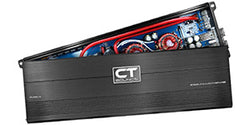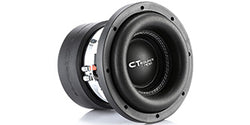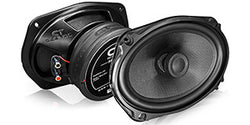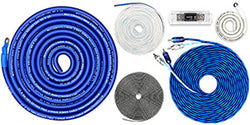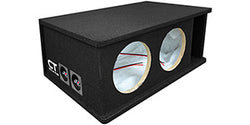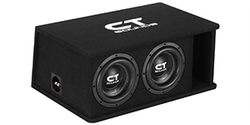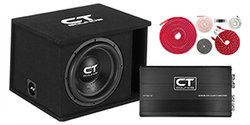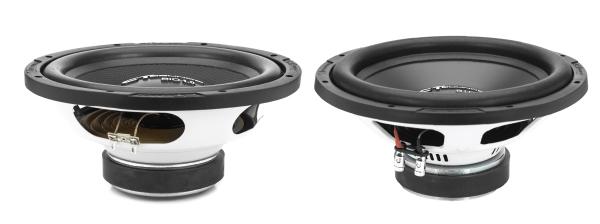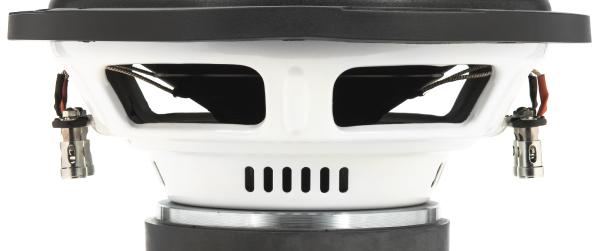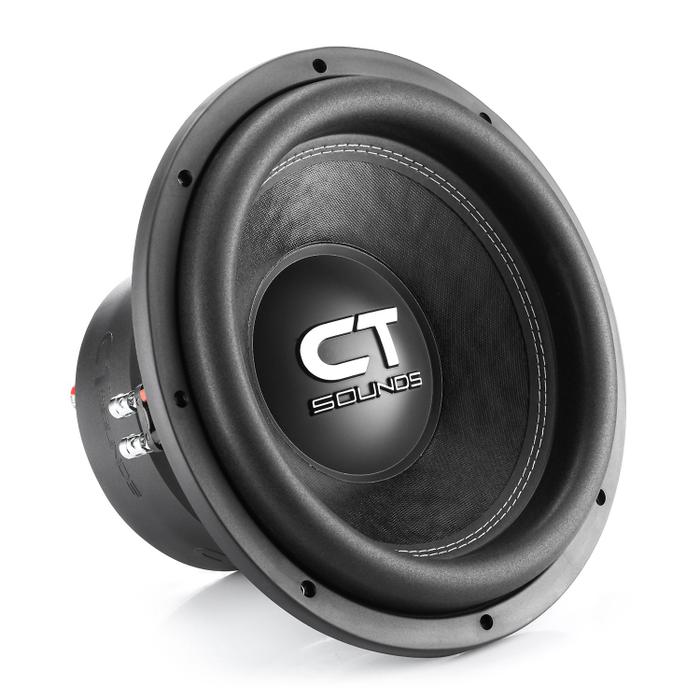Difference between SVC and DVC subwoofers
June 17, 2019 by Coleman Thedinger
Shopping for a subwoofer isn’t always the most straight-forward thing, there are a lot of variables that need to match up perfectly. Beyond simply finding something that suits your budget, there are several considerations to keep in mind, such as:
- Do you want a system with one subwoofer, or do you want to have multiple subwoofers?
- What size of subwoofers do you want? A modest 8- or 10-inch sub, or something bigger like a 12- or 15-inch subwoofer?
- Are you going to get a pre-made subwoofer enclosure, or build your own?
- Do you want to use one amp with multiple channels, a monoblock amplifier, or multiple amplifiers strapped together to power your subwoofer setup?
And finally,
- What type of subwoofer do you want(SVC or DVC), and will you be able to wire it to your amplifier in the most efficient way?
SVC stands for single voice coil, and DVC stands for double voice coil. Here’s some basic information about voice coils, and the similarities and differences between a subwoofer with a single voice coil and subwoofers with dual voice coils.
What’s a voice coil?
The voice coil in yoursubwoofer is a very long piece of wire that’s wrapped up in a tight coil. It’swrapped around a cylindrical piece that’s called the former. This is thewire that receives the electricity from your amplifier and interacts with amagnet to create vibrations and sound. Voice coils can react very quickly tochanges in the current, which makes them so effective at reproducing sound.
Single Voice Coil
A subwoofer with a single voice coil will have one single piece of wire wrapped tightly around acylindrical shape to form it. The connection options are simply one positive and one negative terminal.
Single voice coil subwoofers will generally specific one Ohm rating that they can support, which is what makes them less versatile than DVC.
Dual Voice Coils
A subwoofer with dual voicecoils has two of these tightly-wound wires instead of just one. As such, it hastwo sets of terminals, with two positives and two negatives in total.
Dual voice coils primarilyexist to make life a little easier by giving you more wiring options to connectyour subs, amps, and to hit the correct impedance loads. In certainconfigurations it may not make a difference, but in some cases, it opens moredoors and makes everything easier.
Which is better?
If you’re on the fence about whether you should go with a single voice coil or a dual voice coil, just keep in mind that the DVC will give you more options to expand later on if you decide to grow out your car audio system by adding another amplifier, adding another subwoofer, etc. DVC will be easier to match up with different amplifiers, and it’ll give you more wiring options to take advantage of getting the most power from your amp that you can muster.
